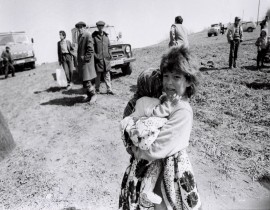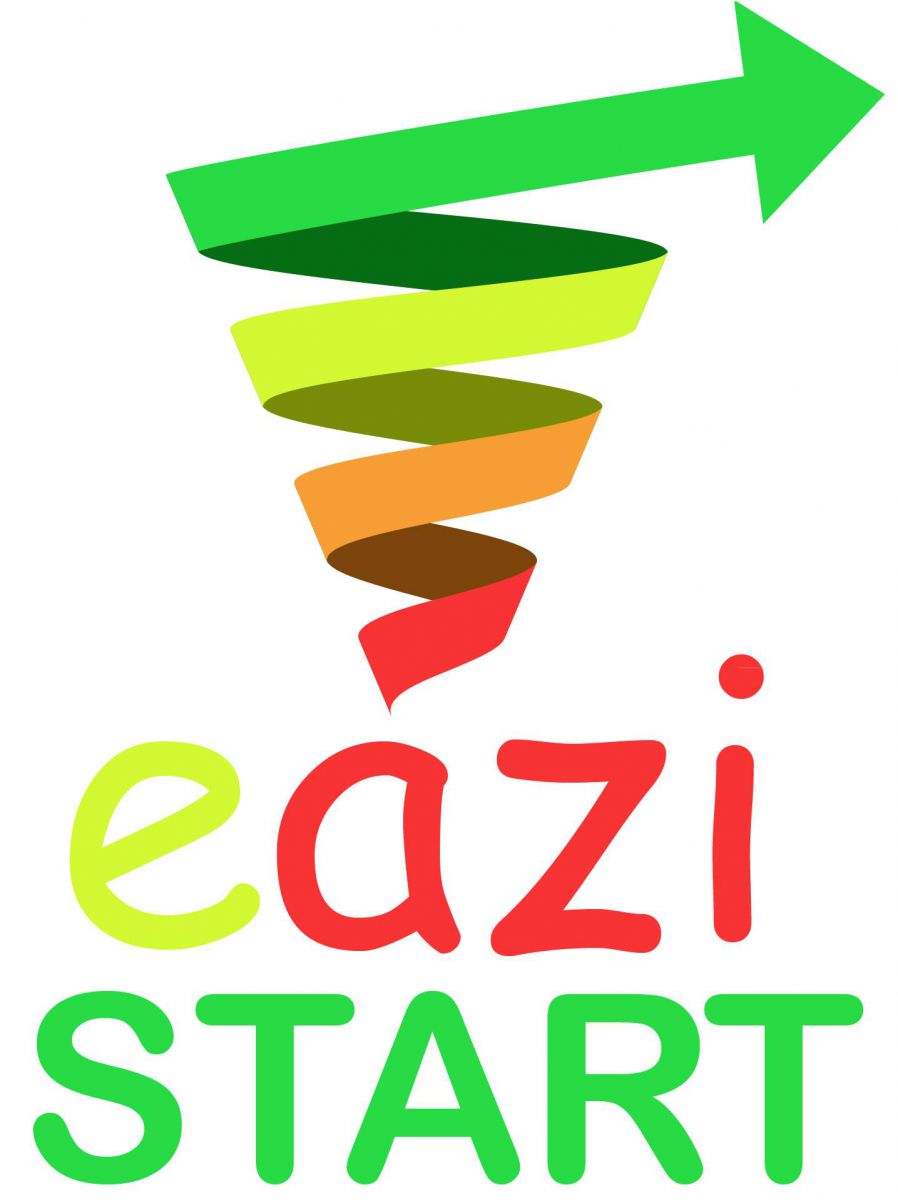Politicon.co
“Real Armenia”: Pashinyan's vision for a new national identity
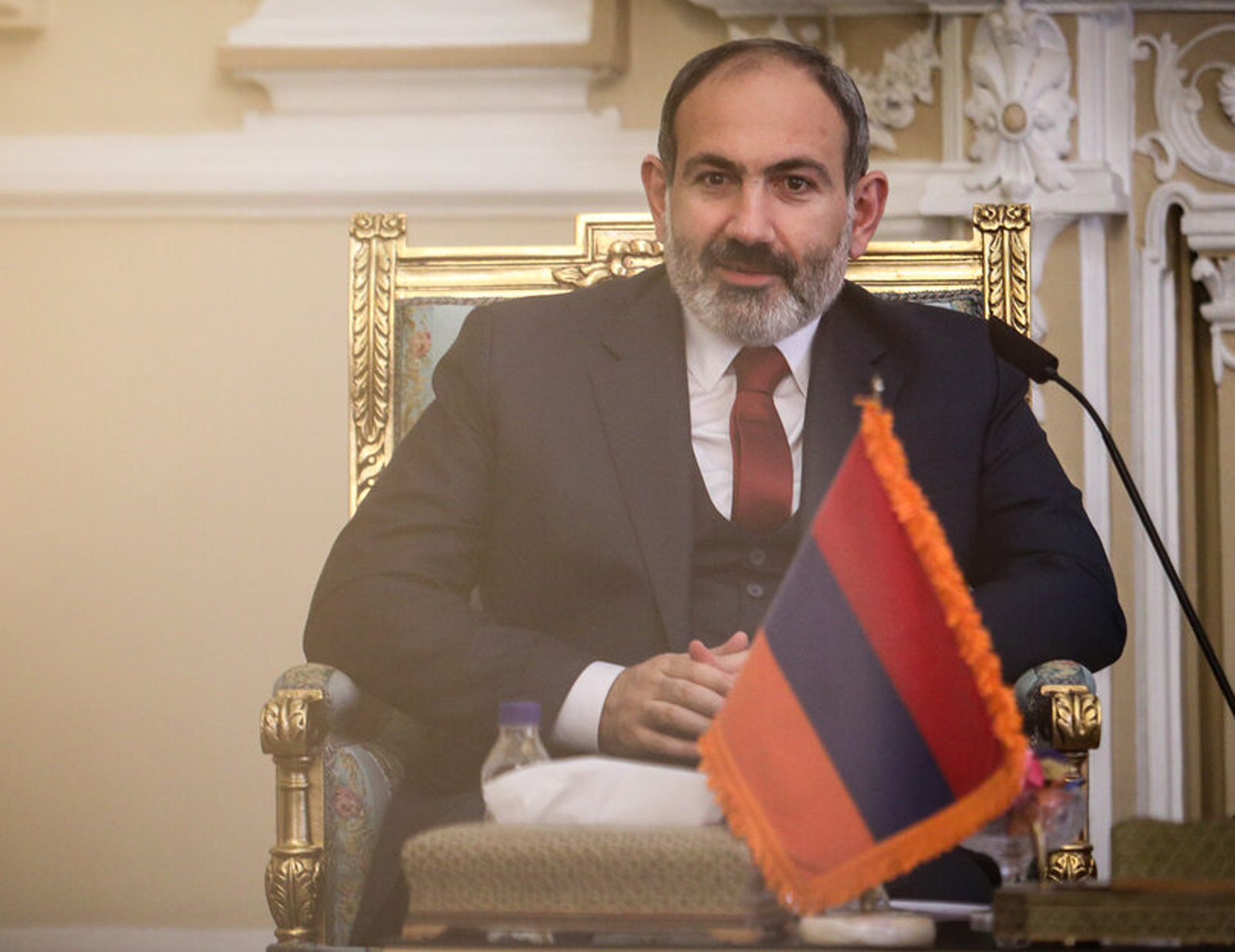
On the 5th of July, Armenian Prime Minister Nikol Pashinyan reaffirmed his position that the current Armenian Constitution fails to “express” the will of the Armenian citizens. In his congratulatory speech on Constitution Day, Pashinyan emphasized that the citizens of Armenia do not see the organic connection between the current constitution and their will. This assertion is not new, as the Prime Minister had previously stated the necessity for a new constitution to reflect the citizens' will better.
A new constitution would make Armenia more "competitive" and "viable" said Pashinyan back in January this year. This statement quickly caused a significant uprising and a heated debate across the country, especially among the opposition, who argued that Pashinyan’s intention was to erase the historical legacy and connection with the Third Republic. Additionally, the opposition started to question the nation's future and accused the leadership of surrendering to official Baku's pressures and demands.
Pashinyan's main ambition clearly is to reconstruct the identity and redefine the position of the “Republic of Armenia” on the contemporary geopolitical map. The main motivation behind it is to disconnect the ties between historical Armenia and today’s Armenia as a sovereign state. During his speech in May, he urged people not to endeavor to reclaim “historical Armenia” because such pursuits have led the nation to its present situation.
Another considerable step towards the “re-identification” process is the possibility of altering elements of identity. For instance, recently the government of Armenia approved the change of the history book title from "History of Armenians" to "History of Armenia." The reasoning behind this change was defended as the existing history texts do not adequately mirror the history of the modern Republic of Armenia and its statehood. It can be concluded that such a shift in narrative asserts a new identity of Armenia that is correlated with its contemporary statehood. All this wordplay and narrative herein aim to construct a new identity, namely “Real Armenia,” that represents modern-day Armenia inside its sovereign borders.
Pashinyan also has noted that it is time to detach from the narrative of “genocide.” On the 109th anniversary of the 1915 events, he stated, “Maybe this is also a reason why we get new shocks, reliving the trauma of the Armenian Genocide as a legacy and as a tradition”. In turn, it can be a hint at the change of the narrative. It is evident that the term “genocide” is part of the contemporary Armenian identity, and it is one of the shaping factors in the domestic and external affairs of Yerevan. According to Pashinyan, new (or “real”) Armenia must give up not only all its territorial claims over other neighboring states but also disconnect itself from past traumas.
However, the future of this process still needs to be determined due to several factors.
The Constitution
Firstly, adopting a new constitution is a lengthy and challenging process. The draft for the new constitution is expected to be prepared before January 2027 and be put to a referendum in Armenia. However, during this timeline, many factors can influence and shape the course in both the domestic and international spheres. These factors may range from elections in the U.S. to the war in Ukraine and Russia’s position in the region.
Secondly, even if the process goes smoothly without any obstacles or disruptions, the ruling party still needs a significant amount of votes to pass the new constitution. According to the current constitution, an act is approved only under two conditions: firstly, if it secures more than half of the votes in favour, and secondly, if it can gain the support of more than a quarter of eligible voters. Considering the controversies ignited by the new constitution proposal, alongside growing dissatisfaction among people, a positive outcome for the ruling party in this referendum seems uncertain.
And finally, even if, hypothetically, the new constitution is adopted and ratified during the current phase of the ruling party, there is no guarantee of the future trajectory of Armenian politics. Specifically, it refers to the Parliament elections 2026 and its potential outcomes. The ongoing constitutional reform attempts in Armenia are indicators of a possibility that we could see further reform in the future, should one of the nationalist or patriotic parties ascend to power.
Collective identity
Another critical factor in this identity shift is the fact that intentions and actions, such as constitutional changes made by a single individual are unlikely to have a significant impact on reconstructing a nation’s entire identity. Because developing a new collective identity requires consistent factors and a degree of permanence over time. While it is not specifically defined how much time it might take for these changes to be embedded in the nation’s collective identity, a mere 2 years - a period in which Pashinyan will still hold his position as Prime Minister of Armenia - is not sufficient for such a rooted transformation.
Conflicting identity-makers
There are various contributors when it comes to crafting or altering a nation’s identity. In the case of Armenia, the Armenian identity is deeply shaped around not only history and sovereignty but also, critically, the Armenian Apostolic Church (AAC). The constitution acknowledges “the exceptional mission of the Armenian Apostolic Church in the spiritual life of the Armenian people, in the development of national culture and the preservation of national identity.” This recognition not only shows the significant role of the AAC in shaping the Armenian identity but also gatekeeping the idea of “Traditional Armenia”, a term that contrasts with Pashinyan’s “Real Armenia” concept.
The religious movement has also played a crucial role in shaping the dynamics of movements and protests in Armenia. Recently, Archbishop Bagrat Galstanyan has become a prominent figure and the leading voice of the opposite movement and the voice of the nationalist sect in Armenia. Currently, He is not only a religious figure but also an influential political leader. This dual role escalates the tensions and creates certain obstacles to Pashinyan’s efforts to realize his idea of a new identity based on modern-time Armenian statehood.
All the aforementioned are crucial in understanding the challenges in the process of a nation’s shifting identity. However, it is undeniable that this process can potentially also reshape the region's future.
![]()
- REGIONS :
- Russia and CIS

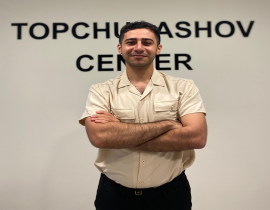
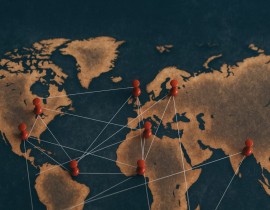

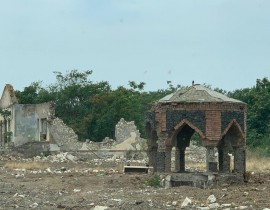
png-1748065971.png)
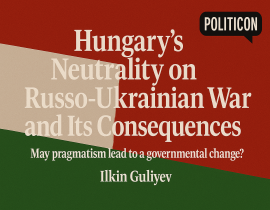

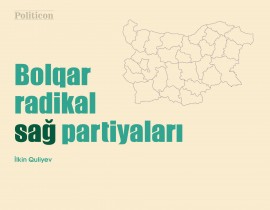
jpg-1599133320.jpg)
